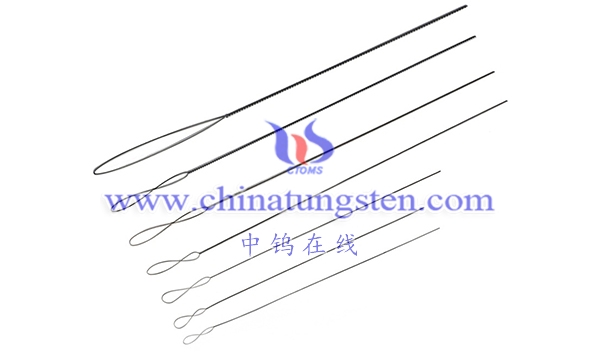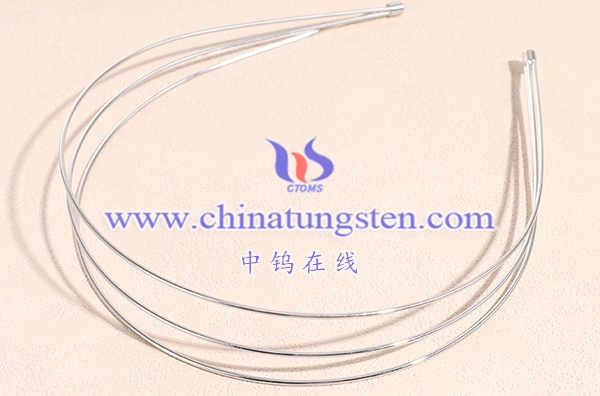The production of nanoscale tungsten needles requires special production processes and technologies to ensure that the size and shape of the tungsten needles meet nanoscale requirements. How to produce nanoscale tungsten needles will be described in detail below.
1. Raw material control
The raw materials for producing nanoscale tungsten needles must meet the requirements, and tungsten powder or tungsten strips with high purity, fine particle size and even distribution must be selected. The particle size and shape of tungsten powder or tungsten strips have a direct impact on the size and shape of tungsten needles. Therefore, it is necessary to conduct comprehensive testing on its particle size, particle size distribution, purity, etc. to ensure the quality of raw materials is stable and reliable.
2. Production process control
The production of nanoscale tungsten needles requires the use of advanced production processes and technologies, including heat treatment, high-pressure straightening, surface treatment, etc. In each production link, processing parameters and technical requirements need to be strictly controlled to ensure that the tungsten needles produced meet nanometer-level requirements.

1. Heat treatment: Nanoscale tungsten needles need to be alloyed and eliminate internal stress through heat treatment. During the heat treatment process, the heating temperature and time need to be controlled to ensure that the heat treatment effect meets the requirements. At the same time, a protective atmosphere is required to avoid oxidation or corrosion of the tungsten needle surface.
2. High-pressure straightening: Nanoscale tungsten needles require high-pressure straightening to eliminate bending and unevenness. During the straightening process, it is necessary to select appropriate high-pressure straightening equipment and process parameters, such as the material, pressure and speed of the straightening wheel, as well as control the number of straightening times and cooling methods to ensure that the straightening effect meets nanometer-level requirements.
3. Surface treatment: Nanoscale tungsten needles need to be surface treated to eliminate defects and burrs and improve their surface quality and aesthetics. During the surface treatment process, it is necessary to adopt advanced treatment methods and process parameters, such as ultra-fine grinding, nano-polishing, etc., as well as control the treatment temperature and treatment time to ensure that the treatment effect meets nano-level requirements.

3. Nanoscale detection
The production of nanoscale tungsten needles requires rigorous testing to ensure that their size and shape meet nanoscale requirements. Commonly used detection methods include X-ray diffraction, scanning electron microscopy (SEM), atomic force microscopy (AFM), etc. These detection methods can provide information on the lattice structure, surface morphology and size of nanoscale tungsten needles, allowing for a comprehensive assessment of their structure and performance.
4. Packaging and warehousing
Nanoscale tungsten needles that pass quality inspection need to be packaged and stored in storage for subsequent applications. When packaging and warehousing, you need to pay attention to clearly labeling the specifications, models, quantities and other information of the product so that you can quickly find the required product during subsequent use. At the same time, attention needs to be paid to keeping the warehouse dry, ventilated, and clean to avoid contamination or damage to the nanoscale tungsten needles.
More details of tungsten probes, please visit website: http://tungsten.com.cn/tungsten-needles-and-pins.html
Please contact CHINATUNGSTEN for inquiry and order of tungsten needles:
Email: sales@chinatungsten.com
Tel.: +86 592 5129595






